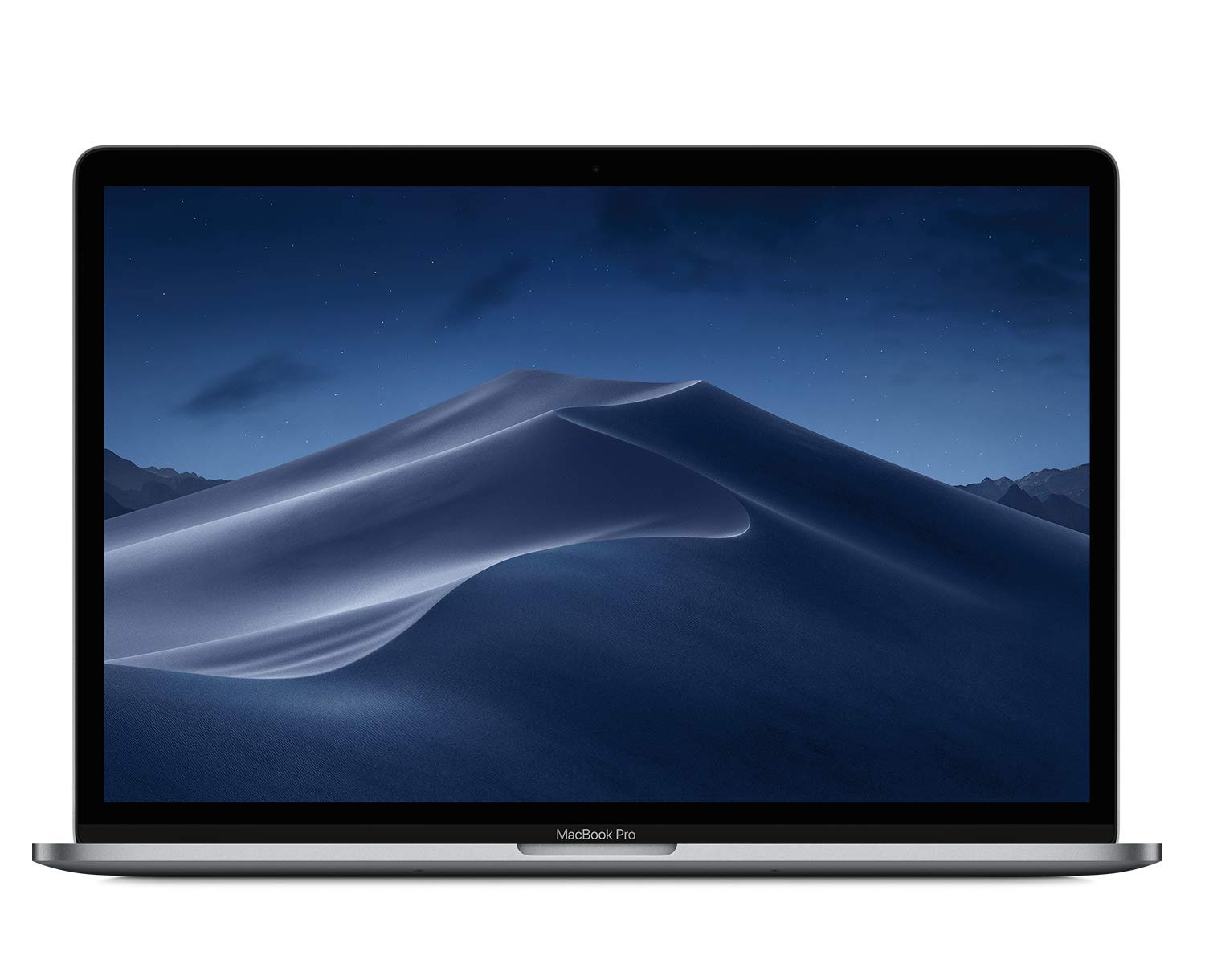

Parallels Desktop 17 evaluates your Mac hardware before starting a virtual machine to allocate as many resources as needed to provide a better out-of-the-box experience for our users. When deploying a virtual machine to various different Mac hardware, this new feature helps to ensure that your users will get the best possible experience with Windows on their Macs. Note: starting with Parallels Desktop 17, we advise using the Automatic Resource Manager feature. Alternatively, you may add adding Parallels Desktop/virtual machine location to a white list that antivirus maintains of known good software.
#MAC CPU INFO APP INSTALL#
On the macOS menu bar click the Parallels Desktop icon > Check for Updates. Download and install the updates if available.Make sure you're using the latest build for your Parallels Desktop version: The backup process may slow down overall system performance. Make sure Time Machine backup is not taking place while you’re running the virtual machine.Use Activity Monitor to check what unwanted applications consume a high percentage of system resources (CPU and Memory).Visit this article for more details: KB 123553.
#MAC CPU INFO APP FREE#
#MAC CPU INFO APP HOW TO#
If you notice in Activity Monitor that your memory pressure is up to the maximum, it's time to check if your Mac allows you to do RAM replacement with higher modules capacity. > Hardware > SATA/SATA Express) Upgrading Your Mac with Better Memory Modules (RAM) TIP: you can check your Mac's drive type at the 'System Information' report (click > About this Mac > System Report. Contact your local Apple Authorised Service Provider to get assistance with the disk replacement. This is the #1 recommendation for all Mac users which gives the significant performance boost to Mac at 2-3 times. If your Mac uses a hard disk drive (HDD), it is highly recommended to replace the drive with a solid-state one (SSD).

Upgrading Your Mac with a Solid State Drive While CPU cannot be replaced at hand, most of Mac computers enabled for RAM and hard disk upgrade. The computer's performance mostly depends on several hardware components: CPU, RAM, and hard disk. Clicking on a process name will open Windows Task Manager showing selected process: Click on CPU Usage monitor to see what processes in Windows use the computer's CPU. Look at the VM window tray and CPU Usage Monitor will light up in red when CPU usage in Windows is above 70%. Note: starting with version 14, Parallels Desktop for Mac brings a new feature: CPU Usage Monitor. It is also very important to allocate even shares of hardware resources between the host operating system (macOS) and guest (VM) according to the recommended system requirements of both systems. Virtual machine performance is directly related to a computer's hardware resources.


 0 kommentar(er)
0 kommentar(er)
